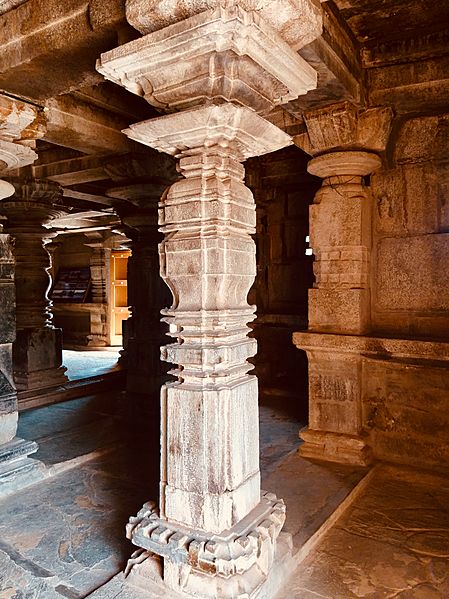Image: 11th century Someshwara temple, Lakshmeswar, Karnataka India - 89

Description: This is a large temple complex in Lakshmeswar town, northwestern Karnataka. It is about 40 kilometers southwest of Gadag-Betigeri twin city between Goa and Hampi. Prior to the 13th-century, it was one of the large cities of this region, one that existed by the 7th-century CE evidenced by stone inscriptions and literature of Jainism and Hinduism. This city is variously referred to in Jain and Hindu texts, for example: Purikaranagara, Purigere, Puligere, Dakshina Somanatha, Huligere, Hurigere, Puligiri and others. This is one of many ruined Jain and Hindu temples found in Lakshmesvar area, and among over 80 ruined historic temples and monasteries found in the Gadag-Lakkundi-Lakshmesvar region. The temple has many inscriptions that help date and attest to its significance. The earliest of these is from 1102 CE. This refers to this temple's sanctum to be dedicated to Svayambhu-Someswar, mentions a school (ghatika, shala) run by Acharya Mahendra Pandita, and grant made to support this school's students and their expenses. The inscription implies that the temple and its school was already operating for a while prior to the 12th century CE. The inscriptions mention donations by both males and females (Hindu names). Several inscriptions from the 12th and early 13th century mention the temple's religious and social/educational importance, declare gifts and donations to it along with naming the head of monastery and school attached to the temple (e,g, Acharya Nageshwar). These inscriptions also suggest that there was close collaboration between this part of Karnataka and southern region of Gujarat (Saurashtra) prior to the 14th-century. The temple is also called Dakshina Somanatha – an epithet it shares with several other Hindu temples in South India. The legend behind this temple states that a priest from Somnath, Gujarat escaped during a raid and destruction there, and brought with him one of the Shiva-on-Nandi statues to Puligere (Lakshmeswar). The local Hindu community and king then built a temple in its honor and consecrated it here as "Dakshina Somanatha" (Southern Somnath). The temple faces east. It has a large compound with many shrines and a stepwell (pushkarni). The main temple features a large gathering hall for pilgrims and devotees (ranga mandapa), one that can be entered from three directions. This is connected to the mukhya mandapa, that has two additional entrances on its north and south. The sanctum of this active temple is plain inside. The floor and walls of the sanctum area are refurbished with modern floor. The stone architecture of the sanctum, the door, the mandapa and the rest of the temple is largely original material but with significant post-1990 restoration by Infosys Foundation. A notable feature of this temple is the unusual statue of Shiva riding his Nandi vahana, instead of the typical Shiva-linga that is found in South Indian Shiva temples. The outer walls and carvings that depict gods and goddesses show evidence of erosion as well as well deliberate defacing and mutilation. The temple has several madapas, likely associated with the school and social functions. One of them, per inscriptions here, was for utsava and nritya (festivals and dance). The temple design and artwork is a mix of Nagara, Dravida and Dravida-Nagara hybrid styles. The mandapa and sanctum have a square plan, while the sikhara eleborates on the Hindu square and circle principles of architecture.
Title: 11th century Someshwara temple, Lakshmeswar, Karnataka India - 89
Credit: P. Madhusudan (ticket:2021031010007171)
Author: P. Madhusudan
Usage Terms: Creative Commons Zero, Public Domain Dedication
License: CC0
License Link: http://creativecommons.org/publicdomain/zero/1.0/deed.en
Attribution Required?: No
Image usage
The following page links to this image:

